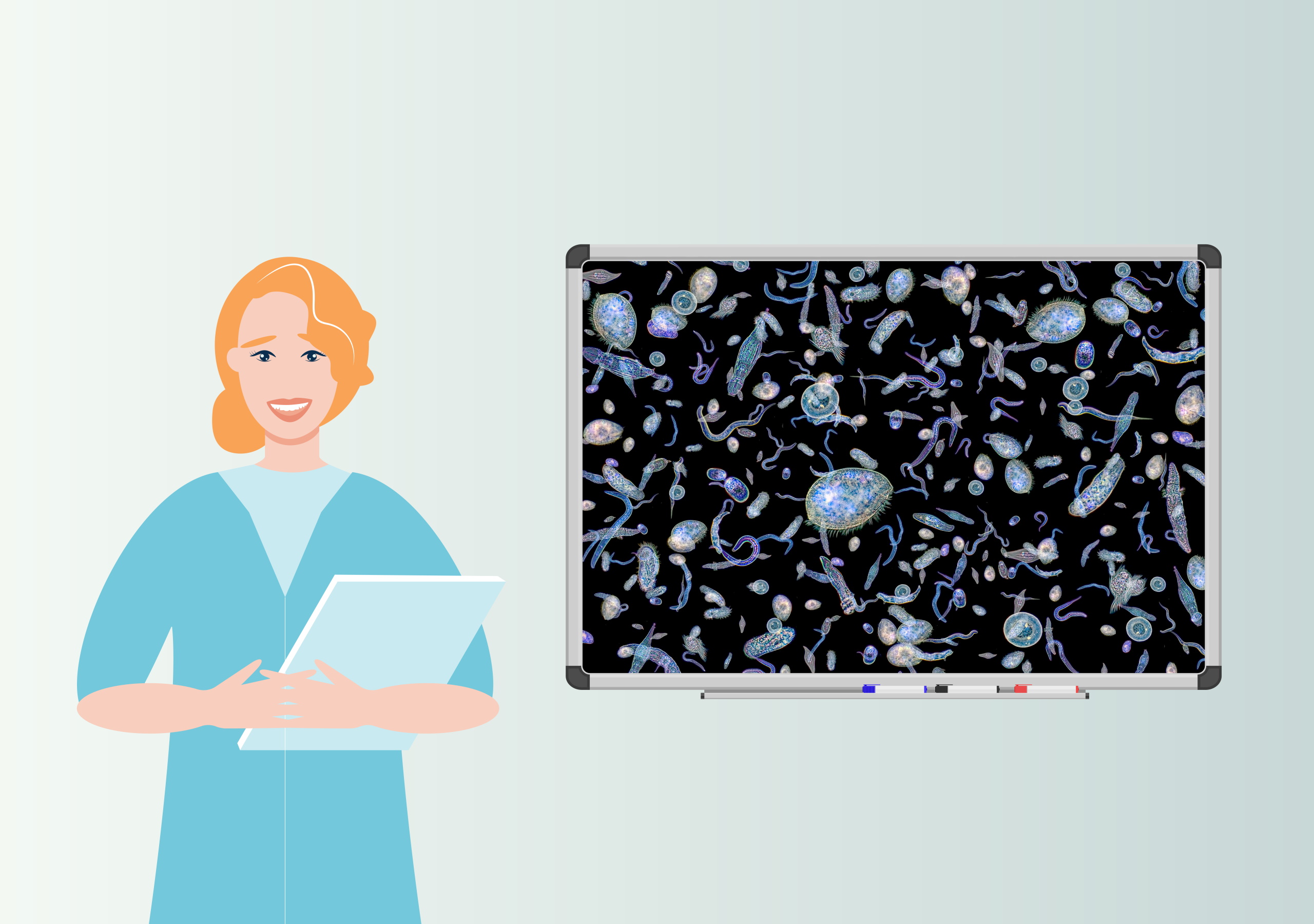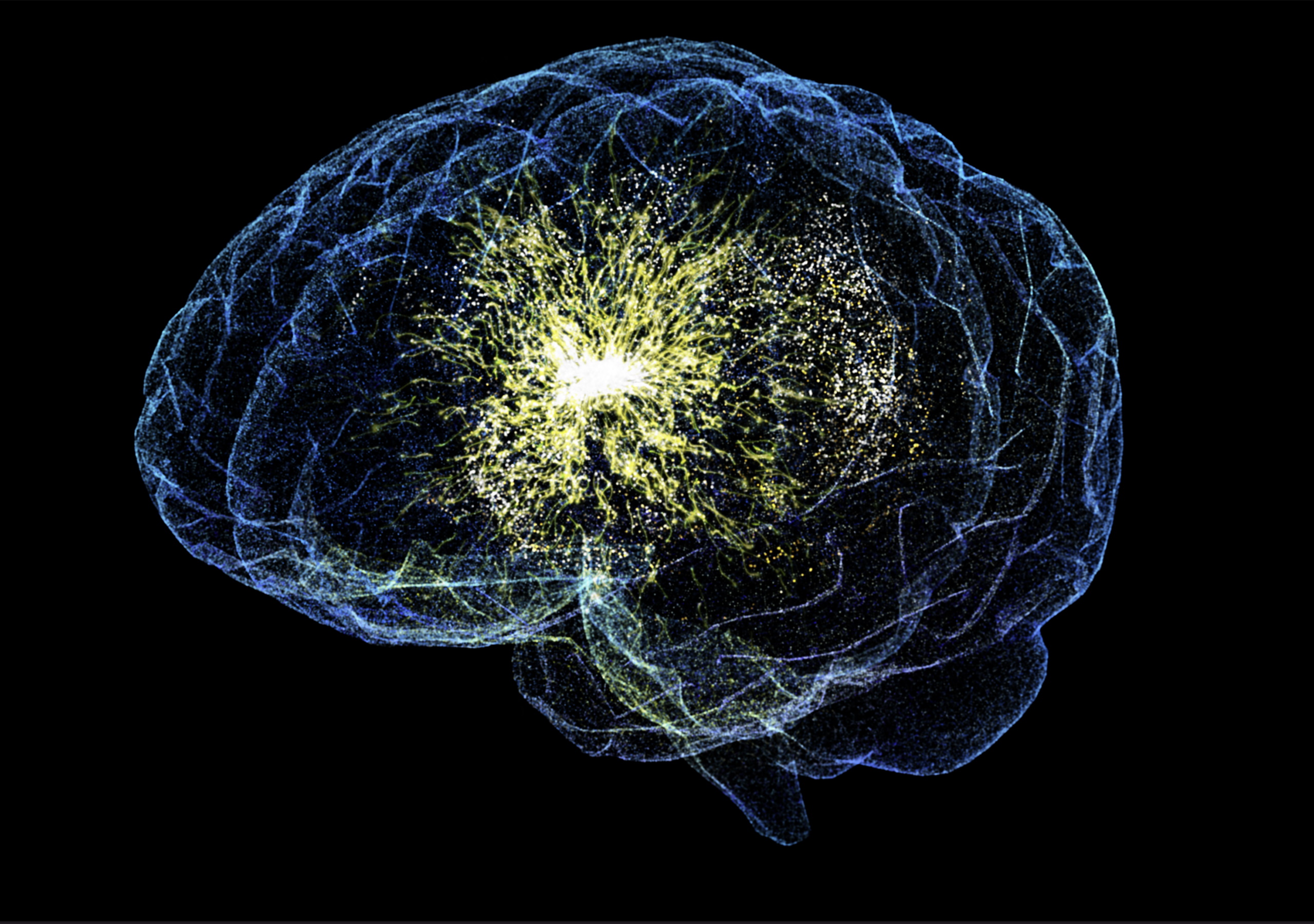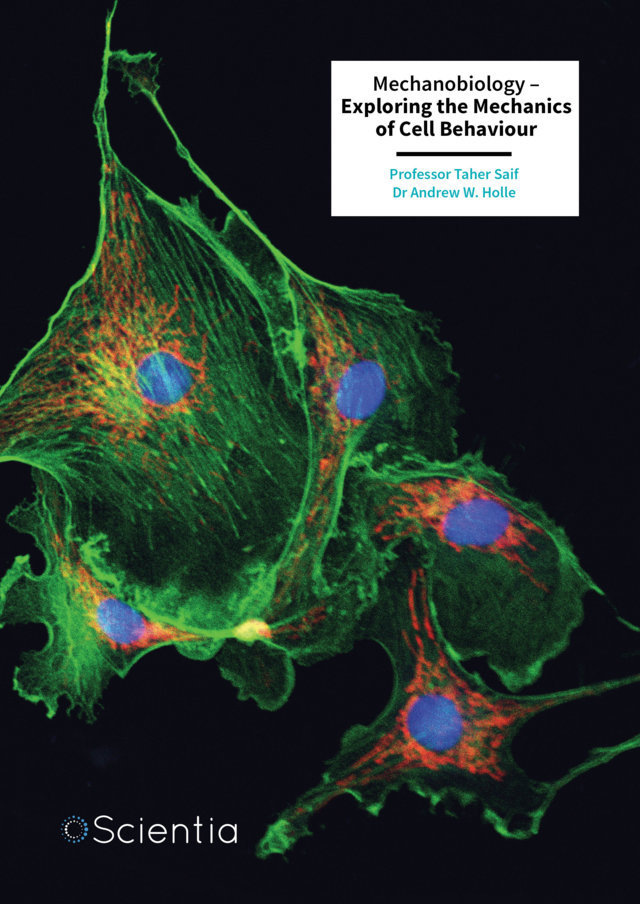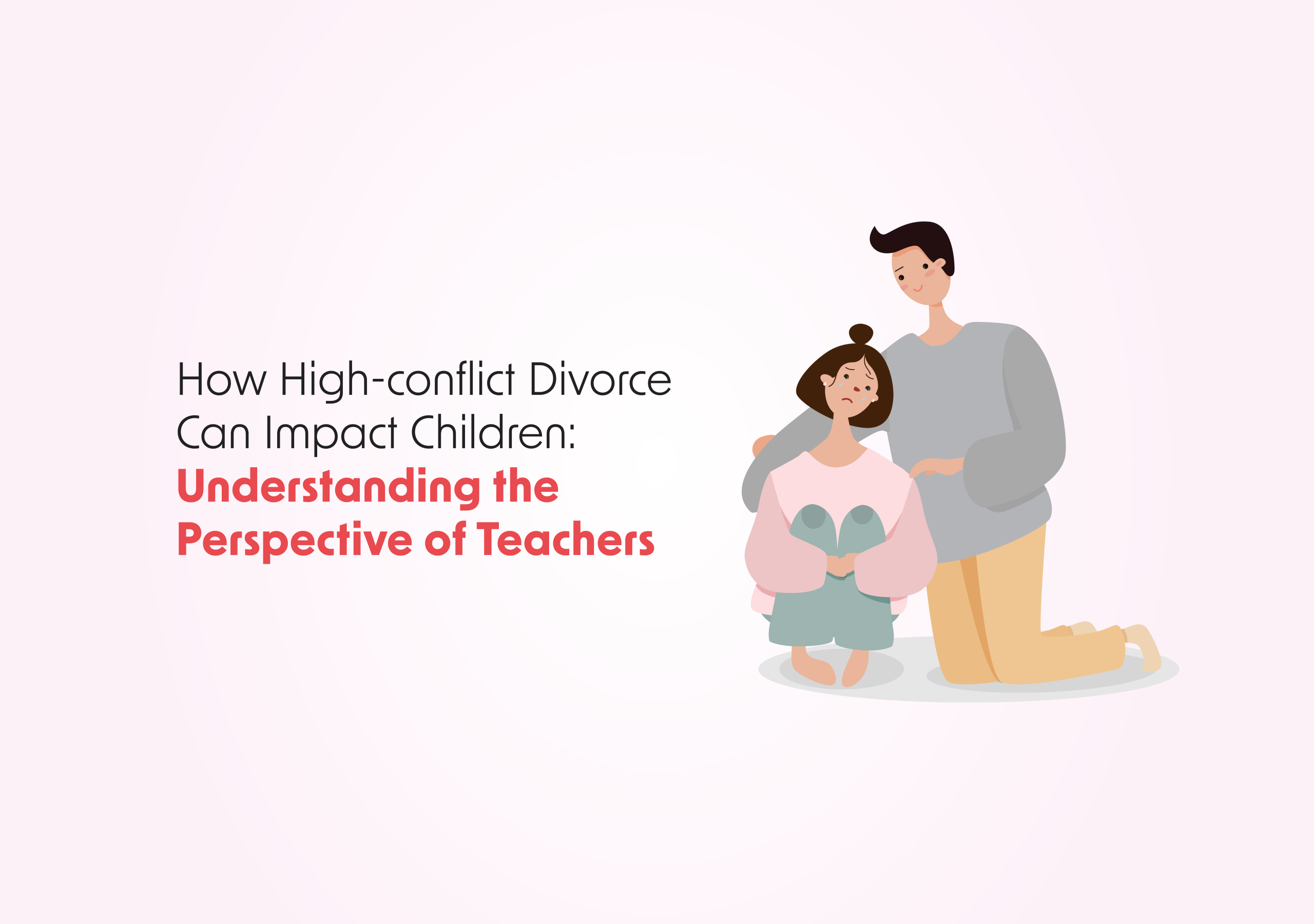The oceans, huge and brimming with diverse lifeforms, pose no less a struggle for survival for their inhabitants than that faced by creatures on dry land. Evolution has furnished marine organisms with huge array of defensive, and indeed, offensive adaptations to help them to thrive in this battleground. Among the organisms who live and compete in the ocean are dinoflagellates. These are small, single-celled creatures that are an important component of plankton found in marine ecosystems. Despite their tiny size, dinoflagellates such as Karlodinium veneficum can wield potent biochemical weaponry that gives them an edge against other competing organisms. Decades since the discovery of the toxic properties of Karlodinium veneficum, researchers such as Dr. Allen Place of the University of Maryland Center for Environmental Sciences, and his colleagues, have begun to unravel the secrets of its potent toxins, called karlotoxins. Their findings offer fascinating insights into the interactions of marine life and the weapons they adopt to capture prey and deter predators. More
In 1949, Dr. Mary Parke, a marine biologist at the Plymouth Laboratory in England, was on a quest to identify plankton suitable for oyster cultivation. Among her findings were two species of dinoflagellates, including a particularly intriguing one named Gymnodinium veneficum (the species name veneficum means toxin producer, and it was later reclassified as Karlodinium veneficum). Unlike its harmless counterpart, this species was lethally toxic to fish and other marine life.
In the 1950s, researchers B.C. Abbott and Dorothy Ballantine further investigated the toxin’s effects. Using gobies (a type of fish) as test subjects, they developed a bioassay to measure the toxin’s potency. They noted that exposure to the toxin caused fish to lose balance within minutes, followed by death shortly after. In a fortuitous and prescient move, they also discovered that adding 0.2 milligrams of cholesterol to the assay could neutralize the effects of the toxin. This finding suggested a link between the toxin and the sterols, which are lipid molecules that are a crucial component of cell membranes in animals and humans. However, the precise nature of this interaction remained an enigma for decades.
In the present day, Dr. Allen Place and colleagues have taken on the challenge of decoding this toxic mechanism. By studying live cultures of K. veneficum still kept at the Plymouth Laboratory, they isolated two distinct karlotoxins: abbotoxin and chloro-abbotoxin. These molecules belong to a family of sterolysins, toxins that target sterols in membranes to form pores.
Understanding this interaction requires delving into cell biology. Cell membranes are vital barriers that protect the cell’s contents while regulating the movement of molecules in and out. Lipids, particularly phospholipids, form the primary structure of these membranes, but sterols such as cholesterol are essential for their stability and fluidity. Cholesterol, in particular, is a major sterol in animal cells, while plants and some protists, such as K. veneficum, use different sterols, such as gymnodinosterol.
Place and colleagues discovered that karlotoxins target cholesterol-rich membranes, binding to the sterol with remarkable specificity. This interaction creates destructive pores, tiny holes in the membrane. The formation of these pores disrupts the cell’s ion balance by allowing ions such as sodium, potassium, and calcium to flow uncontrollably in and out of the cell. Controlling the flow of ions is important in many cellular processes, and this karlotoxin-mediated ionic chaos disrupts these processes, and overwhelms the cell, leading to its death.
The specificity of karlotoxins is an example of evolutionary engineering which benefits the host organism while disadvantaging its competitors. Unlike other toxins that attack a broad range of targets, karlotoxins spare membranes containing gymnodinosterol, the predominant sterol found in K. veneficum itself. This ensures that the toxin does not harm its producer, allowing K. veneficum to deploy this biochemical weapon against prey or predators without self-inflicted damage.
To unravel these molecular mysteries, Dr. Place and his colleagues used a combination of sophisticated techniques. Nuclear magnetic resonance spectroscopy allowed them to map the precise structure of the toxins and understand how they interact with cholesterol. Surface plasmon resonance experiments measured the strength and stability of the toxins binding to cholesterol. These studies revealed that karlotoxins exhibit an extraordinary affinity for cholesterol, binding with such stability that even strong detergents could not easily dislodge them.
Additionally, the team recreated artificial cell membranes, known as lipid bilayers, to observe how karlotoxins formed pores. By introducing the toxin to one side of the bilayer and applying electrical currents, they could measure the movement of ions through the newly created channels. These experiments showed that the pores are highly selective, preferring to allow positively charged ions such as potassium to pass through.
So, why does K. veneficum produce such a sophisticated toxin? In the chaotic world of marine plankton, survival is a constant challenge. For K. veneficum, karlotoxins serve a dual purpose: capturing prey and deterring predators. The toxins immobilize smaller plankton, making them easy targets for ingestion. At the same time, they create a chemical shield that discourages larger predators from attacking.
This dual function gives K. veneficum a distinct edge in the competitive marine environment. Its ability to tailor its attack to specific membrane compositions adds another layer of sophistication, demonstrating the remarkable adaptations that even microscopic life can achieve.
While the ecological role of karlotoxins is fascinating, their potential applications extend beyond marine biology. The specificity of karlotoxins for cholesterol-containing membranes could inspire medical innovations. For example, therapies that selectively target cholesterol-rich cancer cells or lipid-rich bacterial membranes could benefit from the principles underlying karlotoxin activity.
Moreover, understanding how karlotoxins work provides a broader insight into the design of natural products. Nature often creates molecules that are both efficient and highly specific, offering blueprints for designing drugs, bioengineered molecules, or even nanotechnologies.
The story of karlotoxins, from their initial discovery in the 1940s to their modern-day exploration, is a testament to the power of scientific curiosity and persistence. Dr. Place and his team have not only solved a decades-old mystery but have also opened doors to new avenues of research and innovation.
This journey reminds us that the ocean is more than just a large body of water; it is a reservoir of knowledge, holding undiscovered species and natural wonders with an under-appreciated relevance to our lives on dry land. The tale of K. veneficum and its karlotoxins is just one example of the natural treasures that await discovery in the depths of the sea.







